CUSP
Designing into the Next Decade
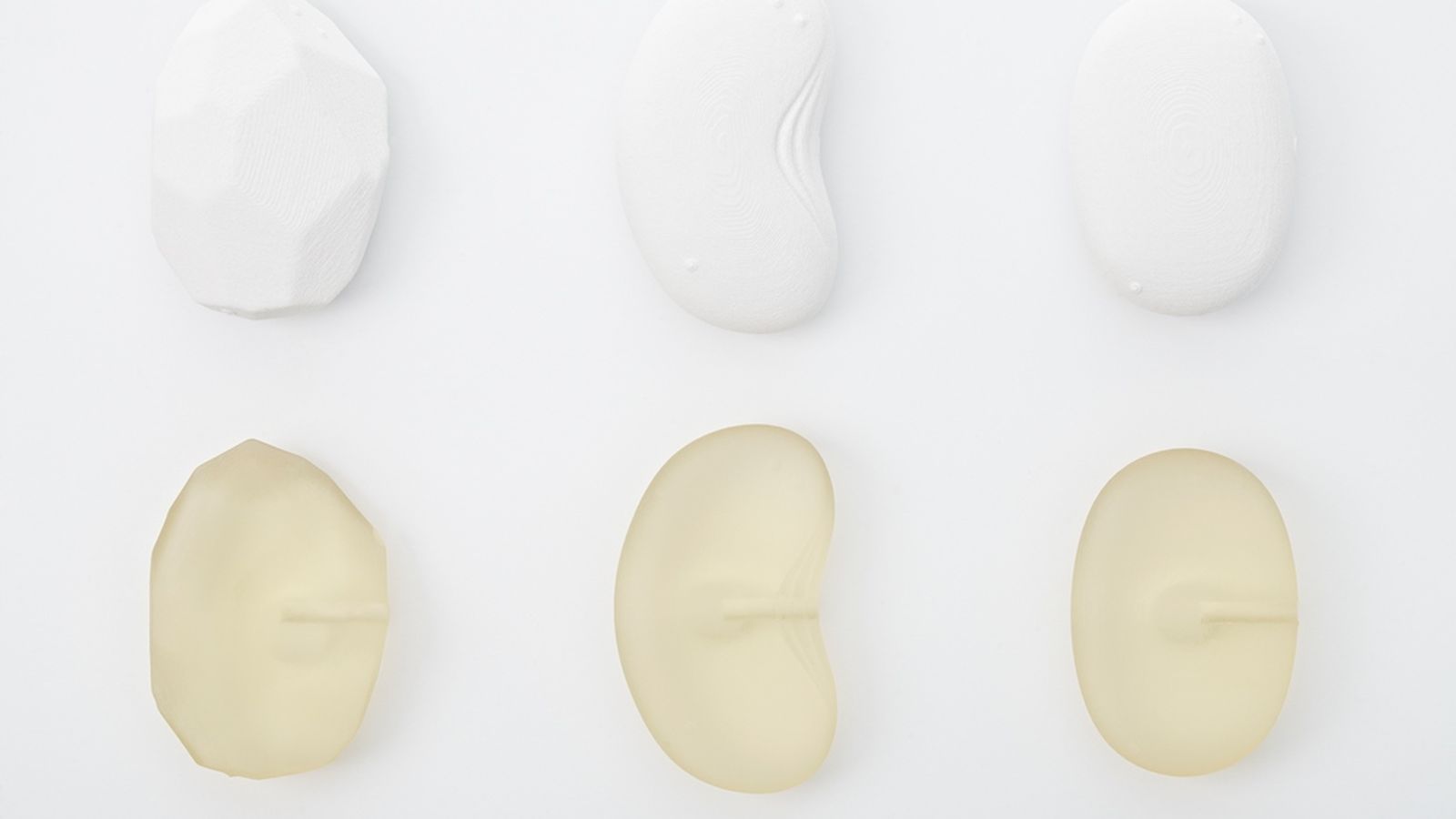
Australian Design Centre
101-115 William St, Darlinghurst NSW
2 February - 28 April 2016
Tuesday - Friday, 11am - 4pm
Explore CUSP on Vimeo
Download Education Kit
Download Room Sheet
CUSP: Designing into the Next Decade presents the future through five designers working on the cusp of what is possible.
Featuring highlights from Floyd Mueller, Greg More, Leah Heiss, Stephen Mushin and Super Critical Mass, the designers look deeply at the human problems we face today by asking questions and devising creative solutions through their design practice.
The exhibition was first presented in 2013 with presenting partners Liverpool City Council and Casula Powerhouse Arts Centre with twelve designers: Chris Bosse, Healthabitat, George Khut, Anupama Kundoo, MaterialByProduct, Alison Page, Mari Velonaki, Leah Heiss, Greg More, Floyd Mueller, Stephen Mushin and Super Critical Mass. More on CUSP: Designing into the Next Decade here.
Image: Hearing Programmer, Leah Heiss
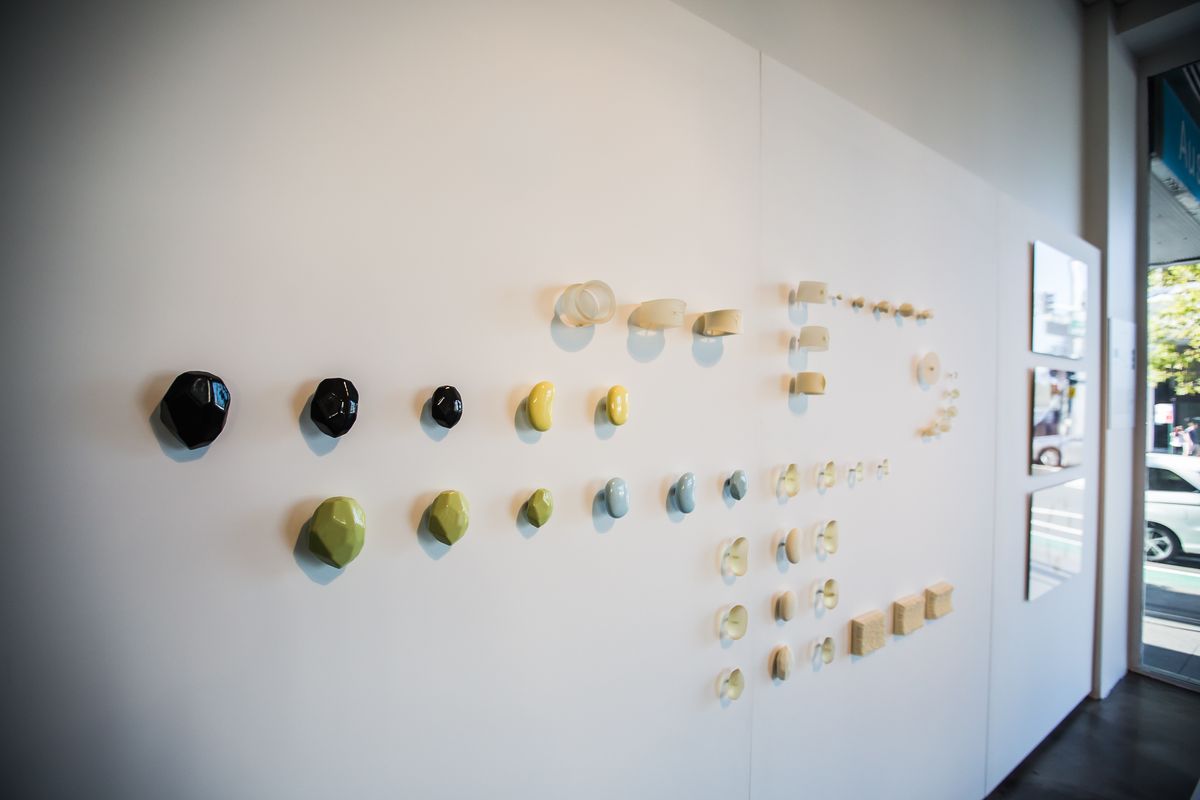
Leah Heiss
Melbourne-based artist and designer, Leah Heiss, sets out to redesign medical technology by looking at the human experience of device interaction. Early in her research, Heiss discovered that many people opt out of wearing or using their medical devices because they are perceived to be unattractive and have a social stigma attached.
CUSP presents the interactive design process behind Heiss’ projects categorised as ‘therapeutics’, presented as a series of prototypes created using additive manufacturing (3D printing). This includes a series of technologies for the hearing impaired, high performance medic jewellery, and an ECG neck piece to discreetly measure heart rate (Seed Sensor), which is a swallowable device that unfurls in the digestive tract like a flower, collecting bubbles of gas that can be an early indicator of disease.
Watch Leah's CUSP: Designing into the Next Decade video.
Image: Boaz Nothman
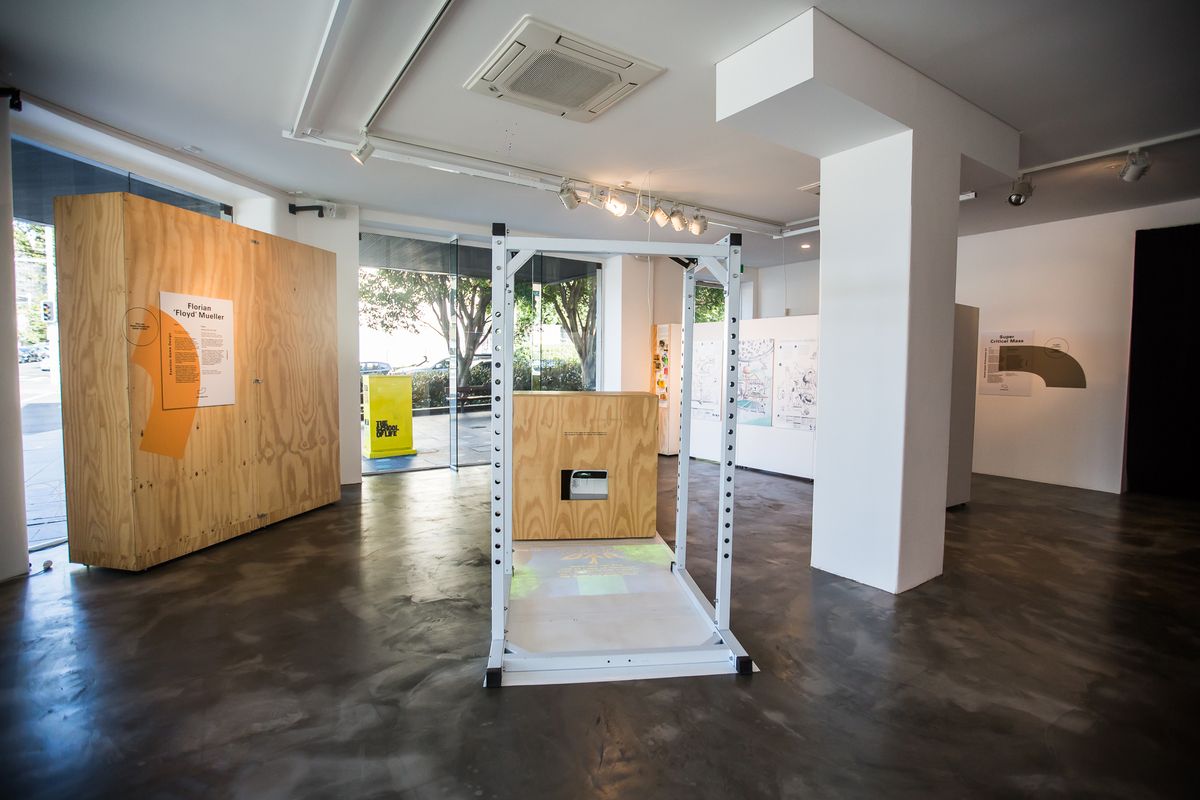
Floyd Mueller
Floyd and his team at the Exertion Games Lab at the Royal Melbourne Institute of Technology are designing fun sporting experiences. Hanging Off a Bar, using online technology and requiring intense physical effort, requires the user to hang over a wild river projection for as long as they can, resting when an occasional ‘raft’ floats downstream. The longer the player is able to hang on, the less frequent the rafts become, rapidly exhausting the hands, arms and stomach muscles. This deceptively easy game is, in fact, difficult – very difficult. A typical round lasts a mere 30-50 seconds before players drop from the bar exhausted.
Creating new ways to use gaming technology to support physical health, Mueller’s work is throwing us some challenging ideas for how we play.
Watch Floyd's CUSP: Designing into the Next Decade video.
Image: Boaz Nothman

Stephen Mushin
Ecological designer, sustainability planner, industrial designer, hack engineer, artist, shadow puppeteer – Stephen Mushin is a creative tour de force. Mushin applies his creativity to solving real world problems and imagining new possibilities for a future world. CUSP profiles Mushin’s most recent project, a zero waste, human-powered,low cost aquaponics system for growing food in developing countries. For this project, he and his collaborators, Dr. Wilson Lennard and engineer Neil Faragher, won the British Council’s ‘Big Green Idea’ grant in 2011.
Whether sketching up plans for suspended micro-cafés powered by farting cows, or designing public amenities that compost human waste for use in urban fruit farms, every aspect of Mushin’s designs are grounded in technical and mathematical certainty. As Mushin puts it, his work is an exercise in “logical absurdity.”
Watch Stephen's CUSP: Designing into the Next Decade video.
Image: Boaz Nothman
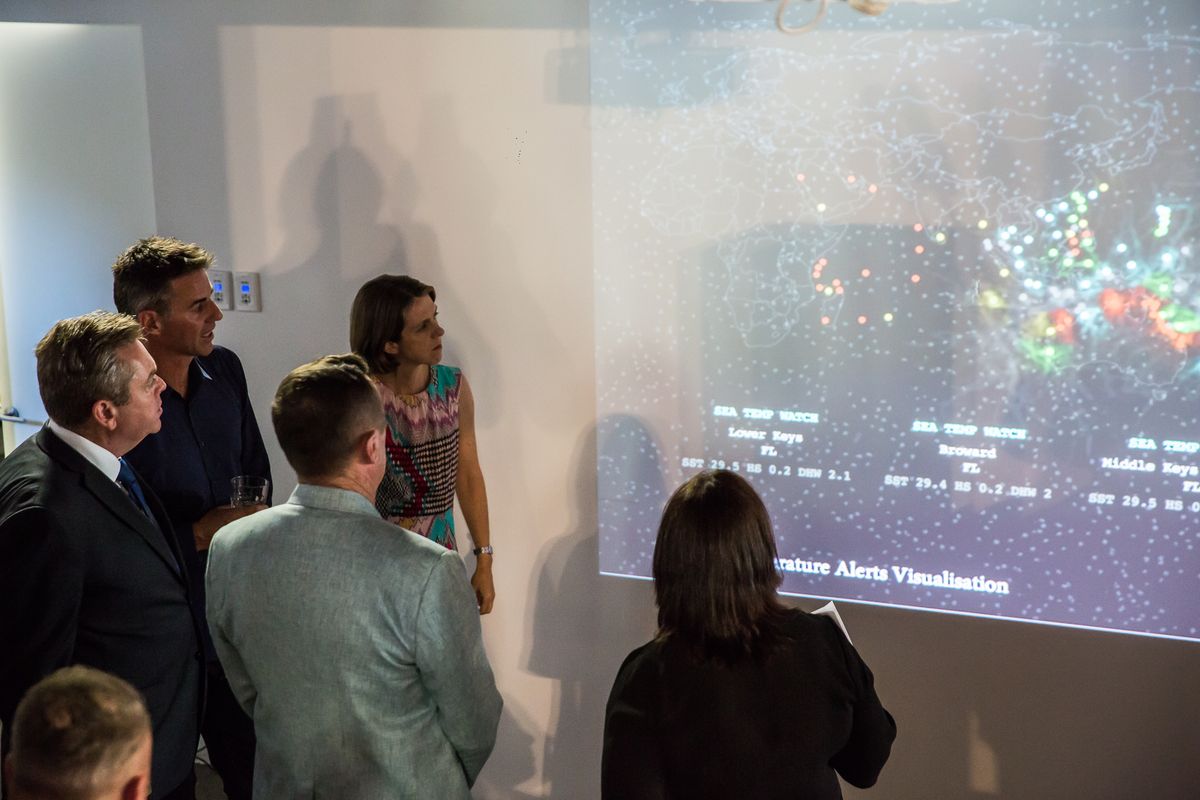
Greg More
We live in the information age. A time when masses of data are generated, analysed, presented and available every waking minute of the day. Information designers use their skills to take large amounts of data and translate it into visually interesting and accessible formats so that we can quickly and easily come to grips with otherwise very complex and dense subject matter. Data visualisation is important to anyone who wants to communicate a complex idea.
Greg More is a designer who has done just that. He takes massive amounts of data and translates it into visual stories, such as communicating how water is used in urban environments. As a designer, senior lecturer at RMIT University, and founder of data visualisation studio OOM Creative, More has worked on many projects that demonstrate this powerful design discipline to make complex information simple and easy to understand.
Watch Greg's CUSP: Designing into the Next Decade video.
Image: Boaz Nothman
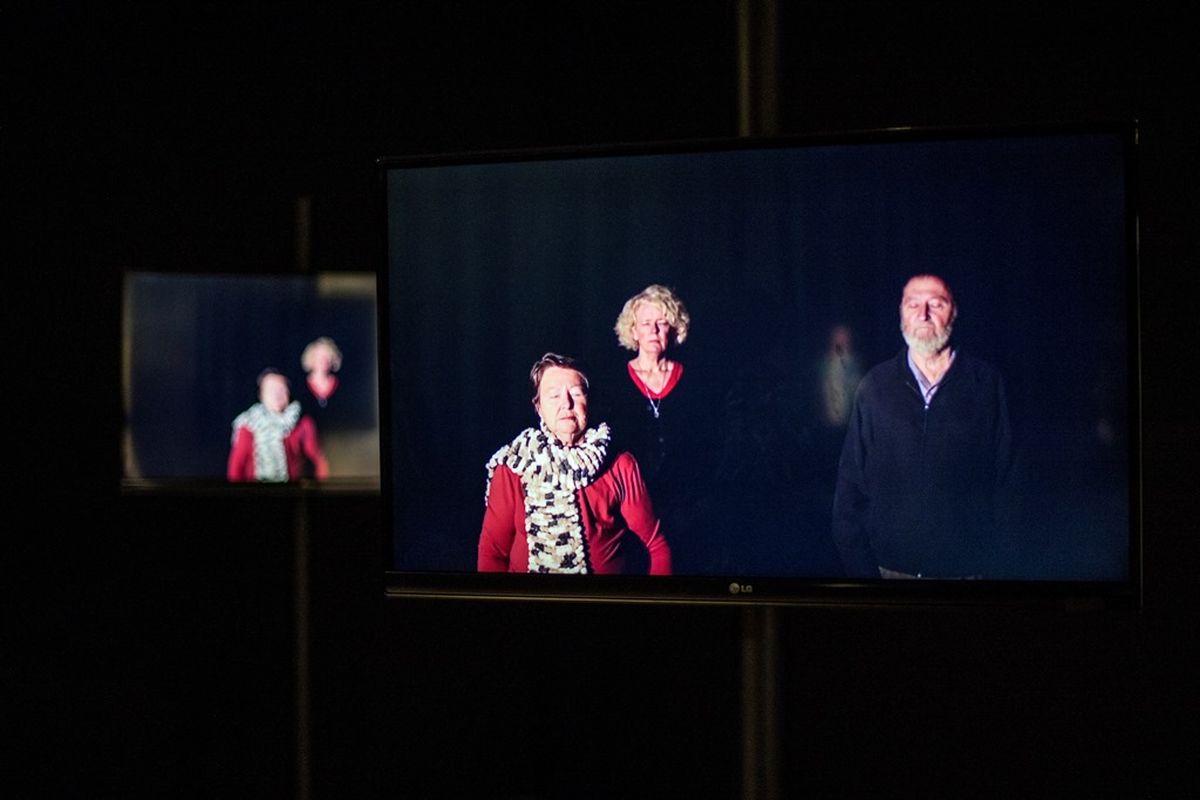
Super Critical Mass
Can design change how we listen? Super Critical Mass, co-directed by Julian Day, Luke Jaaniste and Janet McKay, Super Critical Mass bring together ‘masses’ of musicians playing identical instruments in public places. Super Critical Mass uses a series of soundscapes including orchestra, homogenous ensembles, sound installation, community arts and public art practice.
Super Critical Mass uses a series of soundscapes including orchestra, homogenous ensembles, sound installation, community arts and public art practice. In CUSP, the sound configuration of their installation will be presented as a multi-channel audio visual experience, offering audiences varying pathways through the ‘digital mass’ and subsequently, infinite compositions of the documented soundscape.
Watch Super Critical Mass' CUSP: Designing into the Next Decade video.
Image: Jessica Lindsay
